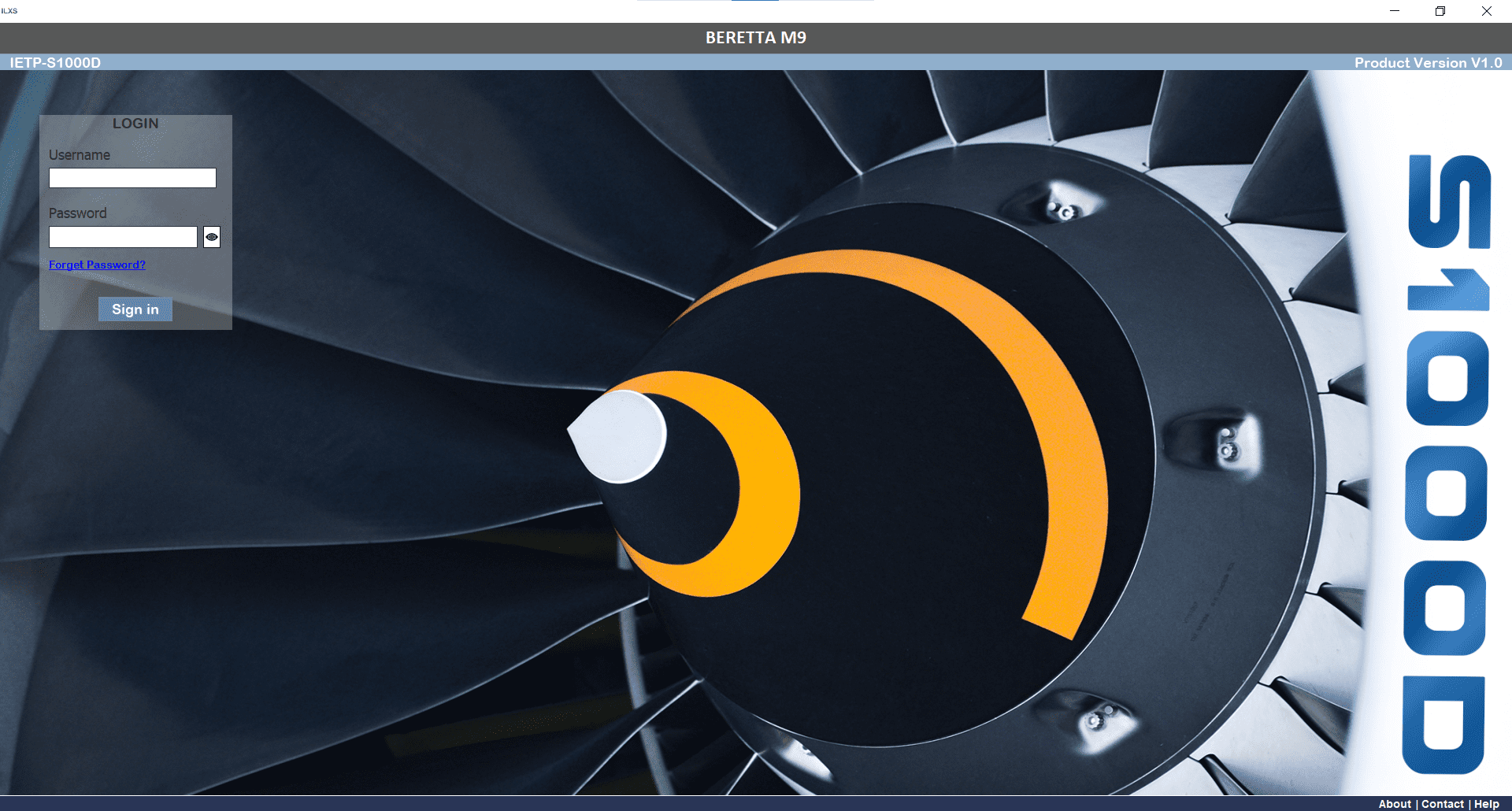S1000D is an international specification for the production of technical publications and also extended to non-technical publications. Initially developed by the AeroSpace and Defence Industries Association of Europe (ASD), it is now collaborativley produced by three organisations namely:
The specification continues to evolve and currently is applicable to a variety of products:

The concept of this specification was originated in the early 1980s as an aerospace standard. At that time, most civil airline projects were being documented in accordance with specification ATA 100 with military projects following various national specifications. Documentation Working Group (DWG) consisted of European industry representatives tasked to report on current documentation practices and to recommend a unified method of documentation for air vehicle projects.
The DWG recognized that the only internationally accepted specification in the aerospace field was ATA 100. It was therefore decided to attempt to harmonize civil and military documentation using ATA 100 as a source document. The DWG invited the nations to provide military representatives who would participate in its activities and established a subsidiary, which was designated the Augmented Documentation Working Group (ADWG).
To ease reading of the specification it has been split into multiple chapters covering aspects such as creation, management and publishing, the full lifecycle of technical publications creation.
Data Module
A data module is defined as a stand alone information unit and contains descriptive, procedural or operational data for a platform, system or a component. It is produced in such a form that it can be stored and retrieved from a Common Source Data Base by using the data module code as the identifier. It is produced in SGML (up to S1000D Issue 3.0) or XML according to specific DTDs or Schemas, all of which are provided with the specification.
Data Module Structure
Each data module comprises two parts, identification and status section and a contents section. The Identification and Status section provides information for:


Digital Documentation Solutions!
